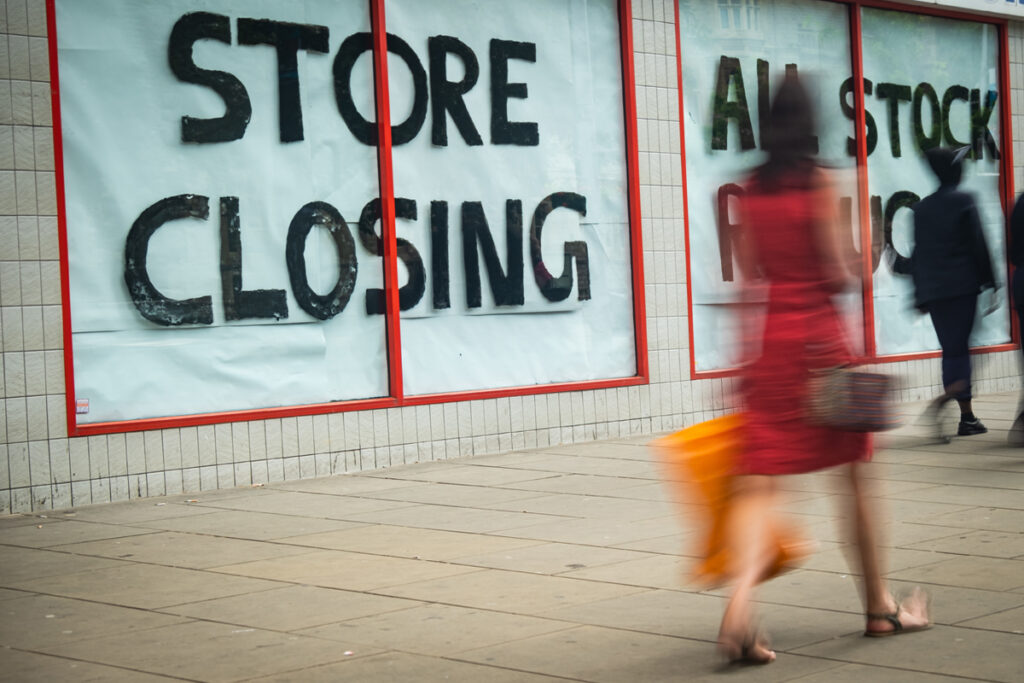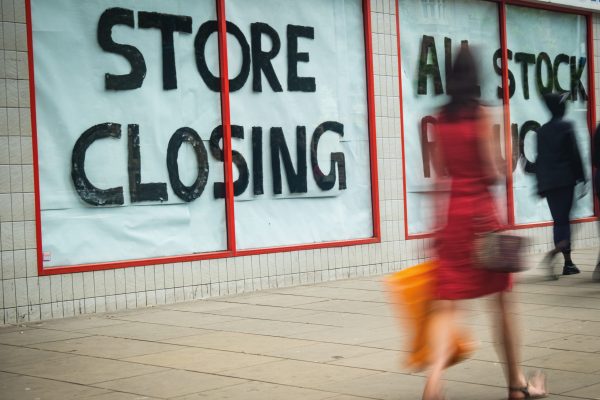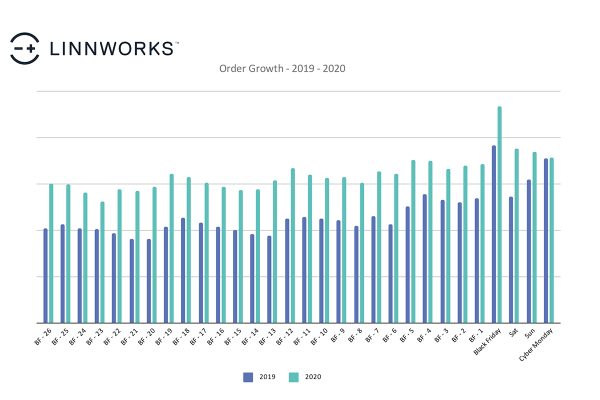 With UK retail sales stagnant, Matthew Robertson, Co-CEO at NetDespatch looks at how do we go about reinvigorating the high street:
With UK retail sales stagnant, Matthew Robertson, Co-CEO at NetDespatch looks at how do we go about reinvigorating the high street:
I regularly track the trends around retail and delivery because here at NetDespatch we work with both carriers and retailers, and it is important for us to understand how the market continues to evolve. As a result, I have been monitoring the ongoing debate, particularly in recent years, around how we reinvigorate the UK high street and get consumers back into town centres.
Whilst we are all too well aware that online sales are booming and ecommerce in the UK is outperforming our European counterparts, so the negative impact of this is that folks are going out to shop in physical stores less and less. I have to say some towns have suffered more than others but even my local town centre seems to have more charity shops and discount stores than it had previously and an abundance of shops closing down and moving out. To put it bluntly it has been a miserable time for the high street since 2008, when the fall of Woolworths sent shock waves across the UK. Since then 32 major retailers have closed their doors for good, with the loss of 115,000 jobs, according to the Office for National Statistics (ONS). Last year alone over 85,000 workers were affected by the failure of 1,000 businesses large and small, including Toys R Us and Maplin, and the closure of stores by other retailers trying to cut their losses. And if that wasn’t enough, just this month we have just witnessed the demise of Thomas Cook, another established household high street brand again impacted by consumers booking their holidays online through sites like Booking.com.
So when I read that British retail sales unexpectedly fell in August after shoppers bought less online than the month before, when an annual promotion by Amazon appeared to have encouraged them to spend online, I wondered whether we were starting to see a shift back to the high street. That said, these figures gave little sign that either the possibility of a no-deal Brexit on 31st October or a fall in sterling over the summer has dealt a visible blow to consumer spending, which has solidly supported online growth in recent years. In fact, the Office for National Statistics said this modest fall in retail sales volumes in August (0.2%) does not change the overall picture of solid momentum in household spending – it is more about how they are spending. This picture is further supported by the growth of Next’s online business and credit arm sales which has helped the fashion retailer deal with falling sales at its shops. In fact, shares in Next have already soared 45% this year as it has weathered the retail downturn better than other stores.
So, this does still leave the question around what will happen to our shopping centres and what they will look like in the future. I was somewhat encouraged when I read that Council investments in shopping centres could top £1bn by the end of 2020 in a bid to help redevelop town centres. Apparently local authorities have already invested over £770m in town centre shopping since 2016. The data from the ‘Fixing Our Broken Town Centres’ report, shows that councils have accounted for 12% of all shopping centre investment by value since 2016, peaking at 16.7% in 2018. This report found that, within the top five challenges facing town centres, an overwhelming majority of respondents identified the growth of online shopping (70%) and high business rates (69%) as the main issues.
But if that is the case how will this regeneration occur? Is there an appetite to revitalise our high streets?
In my opinion, even though high street stores are desperately fighting for survival, they do have one advantage over the online retailers – they can look at how they make shopping experiential and rework how the store is set out so that the shopper enjoys the experience. For example, Sainsbury’s is building an experiential omnichannel ecosystem, with phone branches, pharmacies, opticians, dentists and even children’s learning centres in-store, alongside branded coffee shops and restaurants. This type of approach means that the consumer gets all the convenience of multiple shops in one place, similar to online but it is also a physical “day out” experience.
The resulting job losses have led to some disquiet, and the issues facing retailers have not attracted the same political action that is triggered, for example, whenever manufacturing jobs are under threat. As a result, two years ago, the think tank the Fabian Society predicted that a million retail jobs could disappear by 2020 and called on the government to put the sector at the heart of its industrial strategy.
Overall, the view from the industry is that further intervention from Government to address the structural issues which are impacting retailers is paramount, as well as the planning restrictions which make it difficult for the retailers to keep pace with shifts in consumer behaviour and lifestyles. And that whilst supportive of initiatives such as the High Streets Fund and Towns Fund, Government has to work with industry to explore the benefits of an online sales tax to allow for significant business rate reductions, ensuring our towns and cities remain places where the retail ecosystem wants to continue to invest, which will no doubt benefit local economies as well as the physical environment.
What is certain is that the traditional high street of the last 50 years, founded on chain stores and well-known brands, is undergoing a seismic transformation and we have yet to see what might emerge from this period of revolutionary change. So, watch this space!











7 Responses
We will just be like the States soon, each town is served by a a huge Walmart of similar and maybe a few outlet stores and the rest will just shut down. Race to the bottom tactics which we are all following here in the UK.
In my town there are six more shops that have closed this year and, rather disconcertingly, I was told by the lady behind the post office counter (when I dropped off my eBay parcels yesterday) that I was helping to “kill the high street”.
I’ve never come across that kind of response before, but people in local communities clearly talk about this sort of thing and we (ie on-line sellers) might inadvertently become the focus of some localised ire as more shops close down.
Worth being more discreet about how we ship our parcels perhaps.
When reflecting on the demise of the “high street”, we shouldn’t ignore the effects of changes in attitude. People are buying less stuff, they’re buying stuff that will last longer, there’s a growing reluctance to buy things made of plastic, and, importantly, a growing number of people want to know here their purchase is coming from (slave labour, environmental impact, etc) which is far easier to assess when on-line than trying to find out these things in a shop.
The shift to on-line purchase is important to recognise, but other factors have become increasingly important. Certainly, at least with regard to my own purchases, it’s not just the convenience and affordability factors that influence my decisions, it’s also (and increasingly so) ethical and environmental considerations too, and these considerations are, in many cases, simply not addressed by high street retailers.
IMHO it is so many factors: technological advancement (ecommerce), change of lifestyles, political uncertainty, parking charges, new houses are smaller so less is required, business rates are high etc
I do agree that we are becoming more like the USA in terms of live events and out of town retail parks. We operate in an old market town and would welcome free parking! Our High Street is getting quiet during the day but much more lively at night – more restaurants. I think the High Streets will become much more for “running errands” (USA lingo!), socialising and services. Hopefully there will be a good mix of smaller specialised shops and more residential.